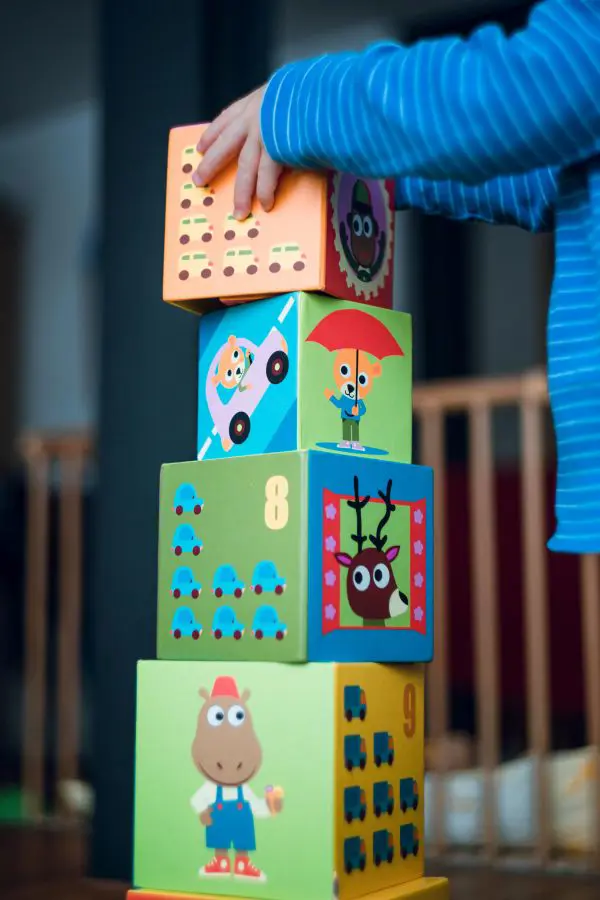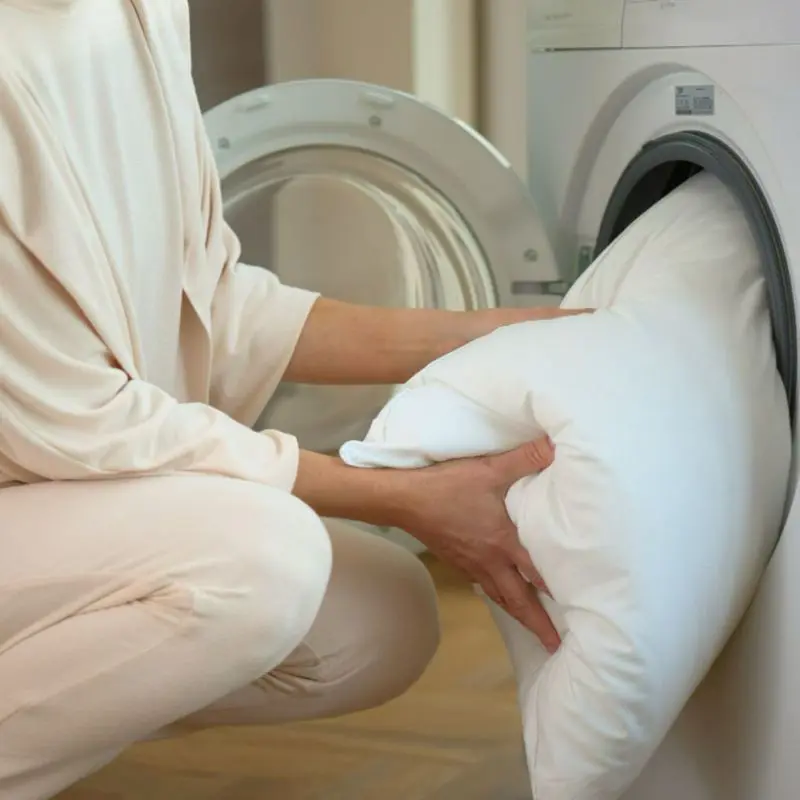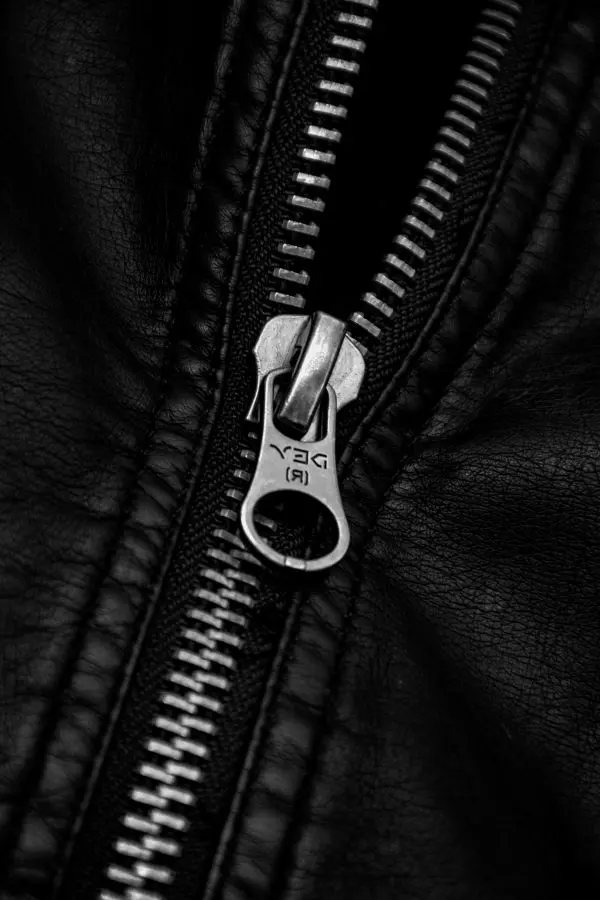Baby Sleeping Positions And What They Mean

Babies are adorable in every way, especially when they sleep. Watching your little one snooze hits differently, besides adoring their sleeping face every parent needs to understand and notice their baby's sleeping positions, as they spend a significant amount of their early life sleeping- typically around 14 to 16 hours a day. Because of this crucial and long sleeping time knowing and choosing a sleeping position for your kids is vital for their health and development.
For every parent's ease and knowledge, we have discussed different sleeping positions, their meanings, and the implications for safety and development. Let's delve, without any further ado!
1. Back Sleeping: The Safest Choice
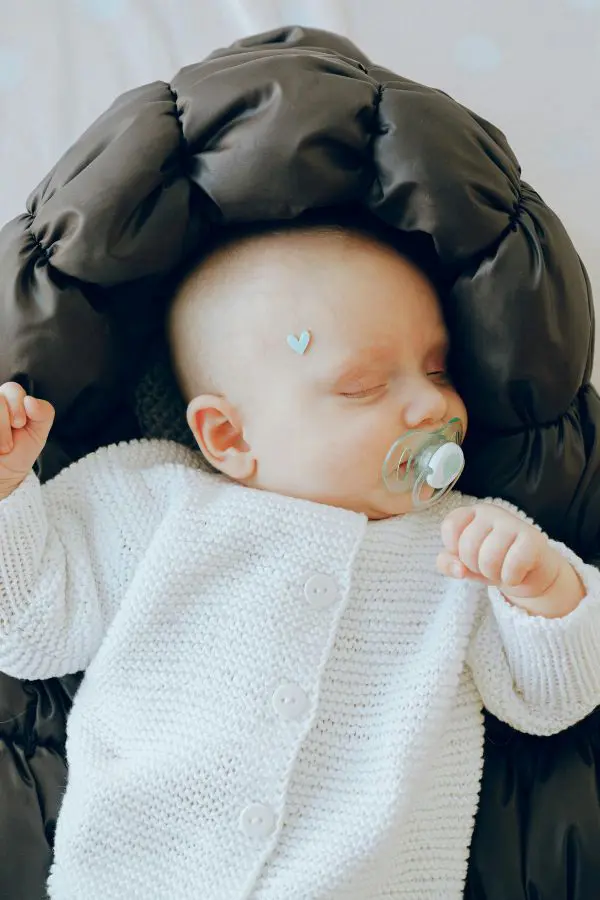
Whether referred to as back sleeping, soldier sleeping, or the supine position sleeping, without any doubt, it is the safest sleeping position for your bundle of joy. This is a position where a baby sleeps on their back. This position holds the airways open and reduces the risks of suffocation. Based on different research, babies who sleep on their backs have a significantly lower risk of Sudden Infant Death Syndrome (SIDS) compared to those who sleep on their sides or stomachs.
Guidelines for implementation:
- Put your baby to sleep on their back for every sleep, including naps.
- Make sure the sleep surface is firm and dry and the baby rests only on the sleep surface and not on any soft toys or cushions because they could pose a suffocation hazard.
- Control the temperature inside the room to prevent overheating.
Many babies who sleep in this position are believed to be more structured in their daily routines and may hit developmental milestones right on schedule.
Important Tip: If a baby is less than twelve months old he or she should be put to bed or crib on their back. Laying your infant to sleep on their tummy is very risky and should not be done as it tends to put some pressure on the jaws of the baby hence causing the problems of breathing issues.
2. The Tummy Sleeping

The prone position AKA tummy sleeping, where a baby sleeps on their stomach is not recommended for infants under one year of age. While some parents may believe that this position helps with reflux or colic, however, research has shown that it poses significant risks. Babies placed in this position are at a higher risk for SIDS due to potential airway obstruction.
When Prone Positioning is Appropriate
The prone position can be beneficial when babies are awake and supervised. During tummy time, babies can strengthen their neck and shoulder muscles while developing motor skills. However, caregivers should never place infants in this position for sleep.
What does tummy sleeping mean?
It's obvious, that after the first birthday of your baby, s/he starts to roll up while sleeping, and if they roll up and start to sleep in a tummy sleeping position this means your baby is finding this position soothing, as it mimics the feeling of being held. Likewise, babies who sleep on their tummies may do so to self-soothe, especially if they have learned to roll over on their own.
Safety Concerns
- This position is not recommended for newborns and younger infants due to a higher risk of SIDS.
- Once your baby can roll over both ways independently, tummy sleeping becomes safer.
Tips for Parents
- Place your baby on their back initially, but don't worry if they roll onto their tummy after they've gained sufficient neck and head control.
- Monitor your baby during tummy time while they are awake to strengthen their muscles.
3. The Side Sleeping

Side sleeping may seem like a compromise between back and stomach sleeping; however, it is considered an unstable position for infants. Babies who sleep on their sides may easily roll onto their stomachs during sleep, increasing the risk of SIDS. Therefore, it is crucial to avoid placing babies in this position for sleep. Nevertheless, this position might indicate:
- A developing sense of independence
- Strong neck and core muscles
- A preference for physical comfort
- Possible digestive issues if they consistently favor one side
Transitioning from side sleeping
If a baby rolls onto their side during sleep, there is generally no need to reposition them unless they are still under one year old. Parents should continue placing them on their backs at bedtime.
Safety Concerns
- Side sleeping can increase the risk of rolling onto the stomach, which is not safe for younger infants.
- It can also lead to positional plagiocephaly (flat spots on the head)
Tips for Parents
- Encourage back sleeping but allow side sleeping if your baby can roll over independently
- Use a firm mattress and avoid sleep positioners on wedges
4. The Fetal Position
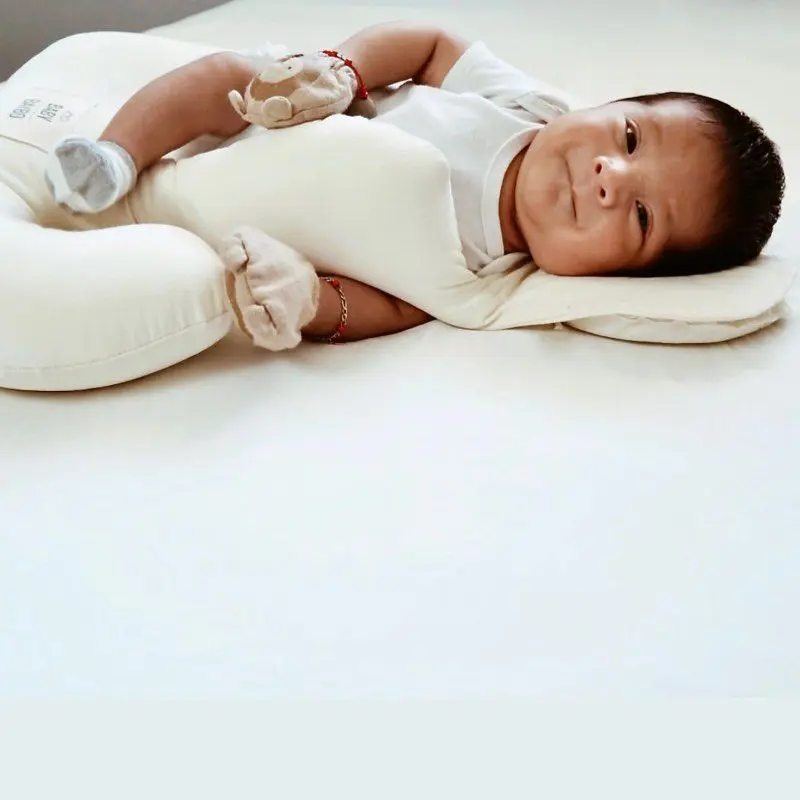
Many babies curl up into a ball- their knees drawn close to their chest, reminiscent of their position in the womb. If your baby is sleeping like this then:
- This position may indicate a need for comfort and security, as it mimics the womb environment.
- Babies who feel overwhelmed may naturally adopt this position.
Tips for parents:
- While the fetal position can be comforting, always start your baby on their back for safety.
- Swaddling can provide a similar sense of security for younger infants.
- If your kid has a regular habit of sleeping in the fetal position for their ease you can purchase a fetal position assistant pillow, which is the best option.
Why Baby Sleeping Positions Matter?
The way a baby sleeps is not just a random act; it is influenced by their developmental stage, comfort level, and sometimes even their personality. Certain positions may indicate that your baby feels safe and secure, while others might signal discomfort and an underlying health issue.
Additionally, understanding sleeping positions is crucial for ensuring your baby's safety. The American Academy of Pediatrics (AAP) emphasizes the importance of safe sleeping practices to reduce the risk of sudden infant death syndrome and other sleep-related complications. SIDS refers to the unexplained death of an otherwise healthy infant, usually during sleep. Research has shown that certain sleeping positions can significantly increase the risk of SIDS, making it essential for parents and caregivers to understand these risks.
What Sleeping Positions Say About Your Baby's Personality
While there is no scientific evidence linking sleeping positions to personality traits, some parents and experts believe there are subtle clues:
- Back sleepers: Calm and easygoing
- Tummy sleepers: Independent and adventurous
- Side sleepers: Thoughtful and adaptable
- Fetal position sleepers: Sensitive and nurturing
Developmental Considerations
Infants Under 12 Months
For infants under 12 months old, back sleeping remains the only safe option. This guideline has been established based on extensive research linking back sleeping with reduced SIDS rates. Parents should also be aware that while babies may prefer other positions when awake or being held, these should not be practiced during sleep.
After 12 Months
Once a baby reaches 12 months old, they typically develop the ability to roll over independently. At this stage, while it is still advisable to place them on their backs initially, they can choose their preferred sleeping position without significant risk. This newfound independence allows them to adjust as needed if they become uncomfortable.
The Impact of Sleep Positions on Development
People may not realize it, but sleep positions can greatly influence a child's developing process. For appropriate development, especially during critical years, proper sleeping postures need to be promoted. Now let us explore the advantages of having a proper sleeping position for your child:
1. Physical Development
Sleep positions can influence:
- Muscle development
- Gross motor skills
- Head shape
- Neck strength
- Core stability
2. Cognitive Development
Quality sleep in comfortable positions supports:
- Memory consolidations
- Learning processes
- Emotional regulation
- Brain development
- Sensory processing
Tips For Encouraging Safe Sleep Habits
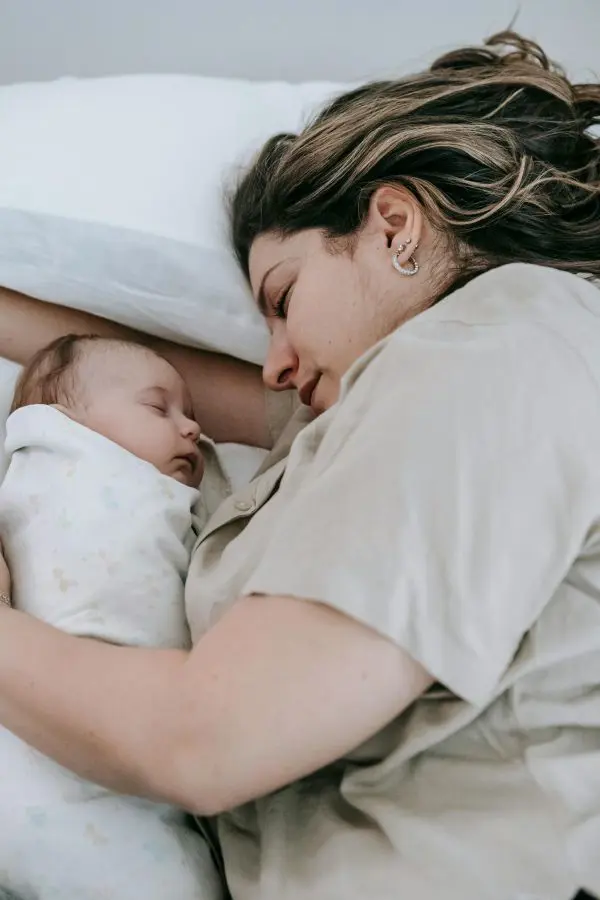
Every parent needs to follow these safe sleep habits to give proper development to their bundle of joy:
- Create a consistent bedtime routine: Establishing a calming pre-sleep routine can help signal to your baby that it's time to rest.
- Use safe sleep environments: Regardless of your baby's preferred position, ensure- a firm mattress, no loose bedding, appropriate room temperature (68-72 degrees F), no pillows or toys in the crib, proper fitting sheets, and clear airway space.
- Monitor room conditions: Keep the room at a comfortable temperature and avoid overdressing your baby to prevent overheating.
- Educate caregivers: Ensure that all caregivers understand safe sleep practices to maintain consistency in your baby's care.
Similarly, while most sleep positions are normal, parents should be concerned or watch for:
- Consistent head turning to one side (possible torticollis)
- Unable to turn head both ways
- Difficulty breathing in certain positions
- Extreme preference for one position
- Restlessness or frequent position changes
Remember: Parents or caregivers should regularly check on a sleeping child and should never be left unsupervised. If it is not possible to remain with the child for the entire time, make it a point to check on them every 30 minutes.
Common Concerns And Solutions
Some of the common concerns and their solutions are:
1. Head Flattening (Plagiocephaly)
To prevent flat spots:
- Alternate head position during back sleeping
- Ensure adequate tummy time when awake
- Consider position changes during feeding
- Use appropriate baby equipment moderately
2. Temperature Regulation
Different positions can affect temperature regulation:
- Back sleeping usually provides optimal temperature control
- Tummy sleeping might increase body temperature
- Side sleeping can vary in temperature regulation
3. Long-term Sleep Position Habits
Understanding that sleep positions evolve:
- Early preferences don't necessarily predict later sleep habits
- Position changes are normal and healthy
- Focus on safety rather than enforcing specific positions
- Allow natural development of sleep preferences
When to Consult a Pediatrician
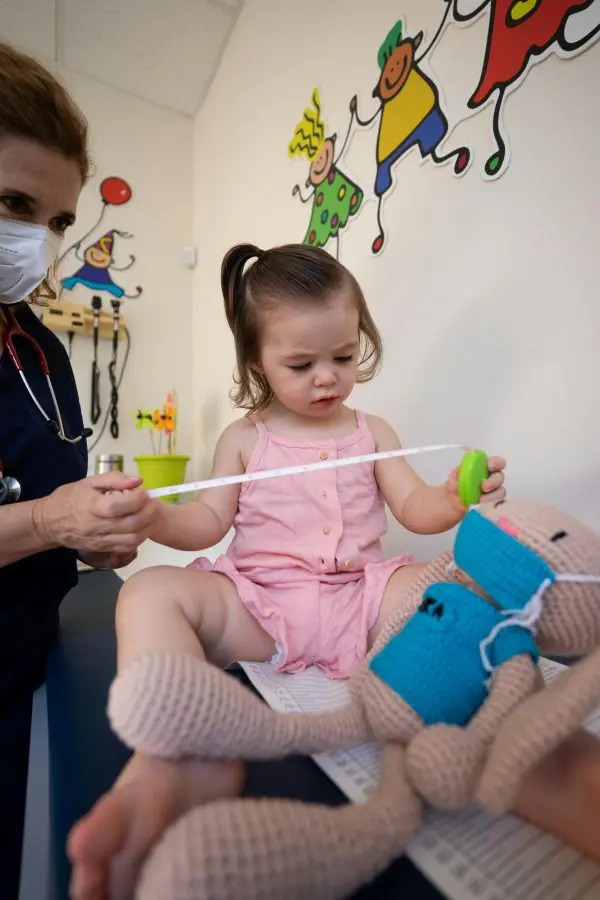
Certain sleeping positions or behaviors might require medical attention:
- Frequent Snoring: This could indicate sleep apnea.
- Restlessness or Discomfort: May signal reflux or other health issues.
- Unusual Postures: Persistent odd positions could indicate muscle or neurological concerns.
Final Thoughts
The positions that babies sleep in are interesting mirrors of the development, comfort, and character of the baby. While safety should always be the primary concern, understanding the different sleeping positions can help parents better respond to their baby's needs and ensure optimal sleep quality. Remember that each baby is unique, and while these interpretations can be helpful, they couldn't cause undue concern as long as safe sleep practices are followed.
Similarly, discuss any sleep issues with your pediatrician, especially when your baby is newly born, as they can provide personalized advice based on your baby's individual needs and development. The journey of understanding your baby's sleep patterns is ongoing, and being attentive to their preferences while maintaining safety will help ensure healthy sleep habits for years to come.

